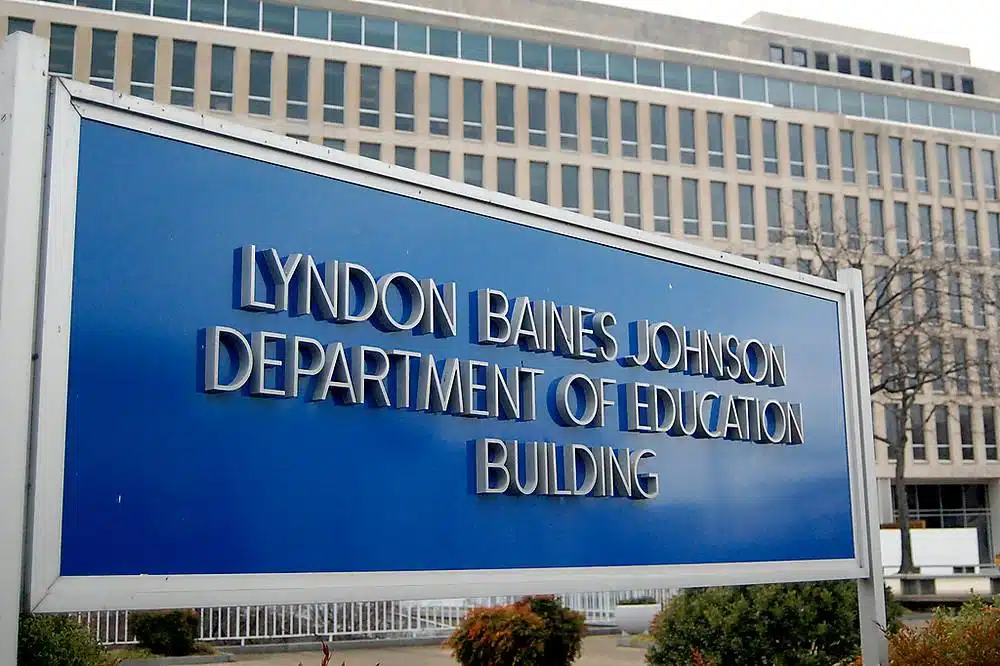
In a move impacting millions, the U.S. Department of Education has quietly suspended student loan forgiveness under the Income-Based Repayment (IBR) plan, adding another layer of confusion and uncertainty for borrowers across the country.
The pause, which was not ordered by the courts, arrives amid ongoing legal battles surrounding President Biden’s SAVE plan and other income-driven repayment (IDR) programs. For now, student debt relief under IBR is on hold indefinitely.
What is the IBR plan—and why is this pause important?
The IBR plan allows borrowers to repay federal student loans based on income and family size. After 20 to 25 years of qualifying payments, borrowers become eligible for forgiveness on any remaining balance.
Unlike other plans like SAVE, PAYE, and ICR—which courts have blocked—IBR remains congressionally authorized and untouched by litigation. However, the Education Department now says it needs time to “update systems” for accurately tracking qualifying months, delaying the forgiveness process for borrowers who may have already met the 20- or 25-year threshold.
How many borrowers are impacted?
More than 2 million borrowers are currently enrolled in IBR, many of whom were approaching forgiveness. Now, they face additional delays, uncertainty, and potentially continued monthly payments—even if they technically already qualified for debt cancellation.
The department has not said when forgiveness processing will resume.
Why did this happen now?
While SAVE was blocked by the courts after lawsuits from GOP-led states, IBR was not part of that ruling. Still, officials say they paused IBR forgiveness to align their systems with the latest legal guidance—possibly out of caution, not legal obligation.
Student borrower advocacy groups are sounding alarms, saying the department is choosing legal conservatism over borrower protection.
What this means for you
If you’re enrolled in IBR, here’s how the pause may affect you:
- No new forgiveness will be processed for now.
- Forgiveness timelines may be delayed even if you’ve already reached the required payment count.
- Payments made beyond the limit could eventually be refunded—but only after forgiveness resumes.
- Interest may still accrue, especially if you choose a forbearance while waiting.
What can borrowers do right now?
- Stay in IBR if it remains your most affordable plan.
- Track your payments carefully, especially if you’re approaching 240 or 300 months of repayment.
- Request forbearance if needed, but be aware of interest accumulation.
- Mail IDR applications via certified mail if you’re unable to submit them online.
- Watch for updates from the Education Department, especially as legal and policy shifts continue.
Political pressure and what happens next
This pause comes amid broader student loan policy turbulence under the Trump administration. With courts blocking Biden’s SAVE initiative and interest resuming in August for many loans, the federal repayment system appears more strained than ever.
Congress recently passed the “Big, Beautiful Bill,” which phases out SAVE, PAYE, and ICR, and introduces a new 30-year forgiveness plan called RAP. IBR remains available for now, but could be restructured under this new legislation.
Bottom line
Student loan forgiveness under IBR isn’t over—but it’s frozen. For borrowers who’ve spent decades repaying loans under this plan, the unexpected pause could be financially and emotionally devastating.
Until the Education Department resumes processing forgiveness or courts offer further clarity, borrowers must remain vigilant, organized, and proactive.

